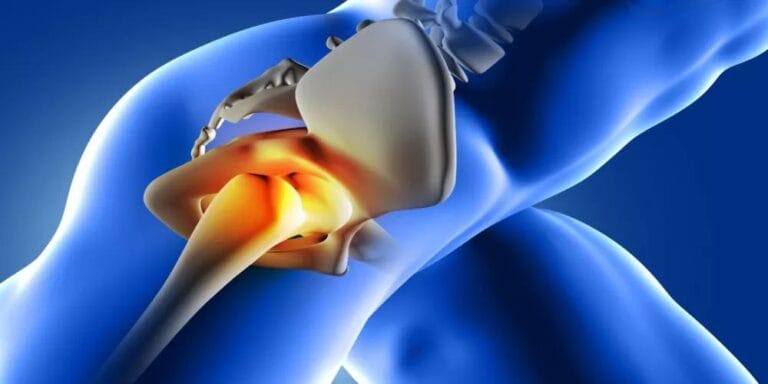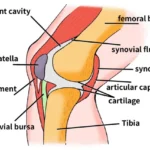Plus, when to see a doctor about it
Growing up, were you that kid at the party who could twist your body into a pretzel or bend your fingers all the way backward?
Hyperextending a limb may feel normal to you — and most of the time, if you’re so-called double-jointed, it’s not harmful to your body. But rarely, it can be a red flag for other health conditions.
What does it mean to be double-jointed?
In reality, there’s no such thing as being double-jointed. (Wait, what?) The term implies that you have two joints where there should be one, which isn’t possible.
What people think of as double-jointedness is actually hypermobility, or joints that can move beyond the typical range.
Your joints are made up of connective tissue and a protein called collagen. If connective tissue is a building, collagen is the bricks. Hypermobility results from the variation in how those bricks come together.
And you don’t have to be a contortionist to be considered hypermobile. “Everybody has a different level of flexibility.
Why can hypermobility be a problem?
About 20% of people are hypermobile. Some of them are also at increased risk for shoulder and knee dislocations. But unless hypermobility coincides with significant pain or recurring injuries, there’s usually nothing to worry about.
Doctors will likely recommend physical therapy, activity modification and strengthening exercises. These activities give much-needed stability to the joint.
Hypermobility vs. hypermobile Ehlers-Danlos syndrome (EDS)
Ehlers-Danlos syndrome is a group of rare genetic disorders. Because EDS affects connective tissue, it is closely linked with hypermobility.
The most common type of EDS is hypermobile Ehlers-Danlos syndrome. Its most common symptom is — you guessed it — extremely flexible joints. Another sign is skin that is stretchy and doesn’t heal well.
While there is no cure for hypermobile Ehlers-Danlos syndrome, there are ways to effectively manage it. If you suspect you or your child has EDS, a doctor can recommend lifestyle changes and treatments that can help.





